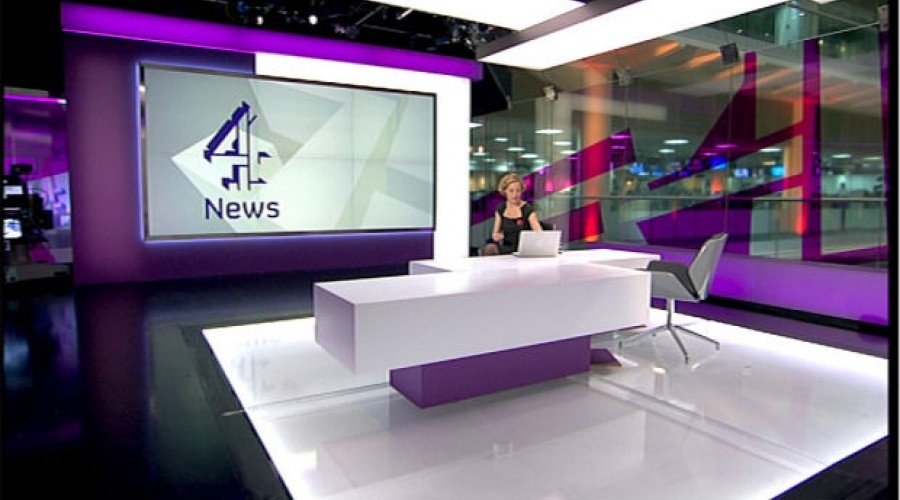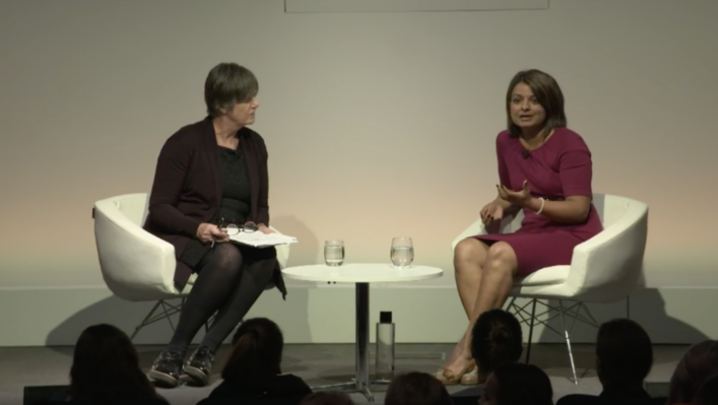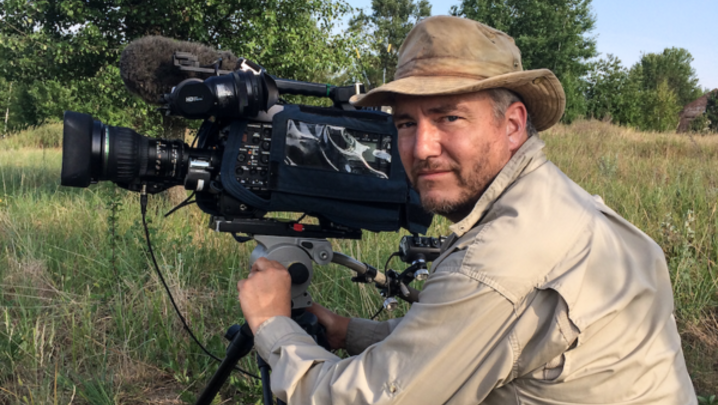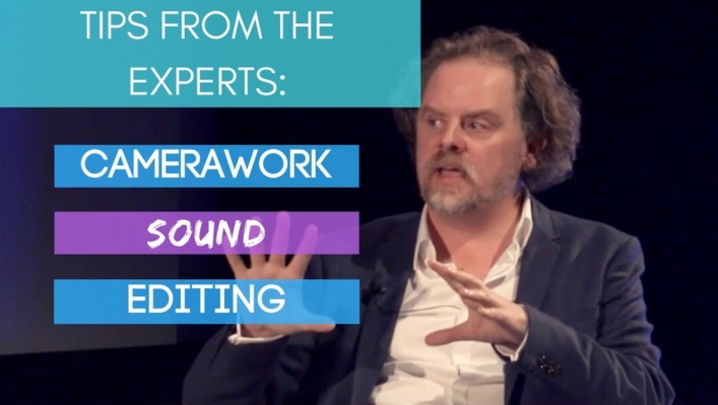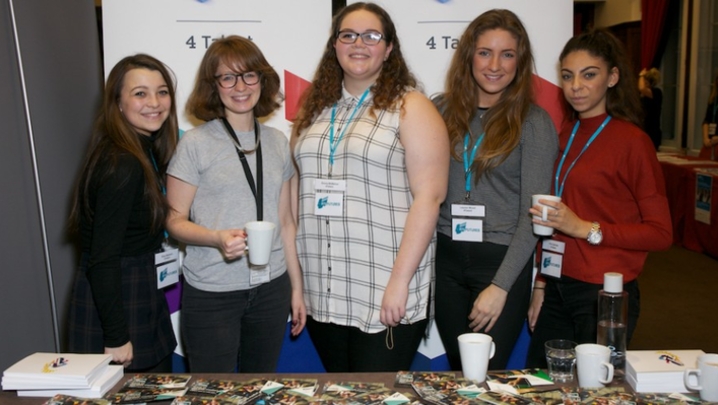Channel 4 News’ Interactive Designer Felix Renicks describes himself as a jack of all trades.
“My job involves any graphics for online, [as well as] design, any development, [and] any apps we choose to try and do. Pretty much everything,” he says.
Like many people in television, what started out as a hobby turned into a full-time career. The good thing about interactive design, unlike print, is that you “can make as many mistakes as you want and it doesn’t cost you. It’s entirely trial and error.”
His role, he says, bridges the gap between design and journalism. “It’s functional design,” he says. “I’ll usually work with a producer and they’ll have an idea of what they need to illustrate that they don’t want to write out.”
Budding designers, he says, should not be afraid to automate themselves out of a job. “We’ve got a couple of in-house tools that we use for creating graphics and promo images,” however they require constant updating.
The urgency of a newsroom means that Renicks often doesn’t have time to play around with ideas before going ahead. “You have to work very differently when the deadlines are very short, if you don’t finish them on time then it’s not news.”
Renicks did not go the university route. He freelanced for five years straight out of college, and built up a network of contacts. It was while he was working at PinkNews that his boss recommended that he look at heading to Channel 4 News. “It was accidental networking” he says.
Good university courses, reflects Renicks, are relatively rare because it is such a fast-changing field. “It’s really hard to do a good uni course on something that in three years’ time, is wrong.” However, he says, “you can certainly benefit from doing something related.”
He is not, he points out, a computer scientist, however “basic coding for the web” is fundamental to his role. Primarily “you need to have a grasp of graphics and a grasp of how to make something you can look at on the web. How you do that is up to you.”
The best way to learn is to spend time online and examine what your peers are doing. “There’s all sorts of newsletters and chatrooms for new interactive people” he says. “The good thing about the web is you can look at everyone’s work: at codes, at how they’ve done things.”
And if in doubt, turn to Twitter! “Everyone in journalism loves Twitter. You could email people, but it’s a nice informal [way] to ask a question…”
Although more places in the UK are employing people like Felix, it is in the US where interactive design has really taken off. “It’s becoming like not having your own studio or camera. You have to have someone if you want to do more than a page of text or something really boring.”
“People like the FT and The Times are doing it really well here. There’s a lot to learn from.”


